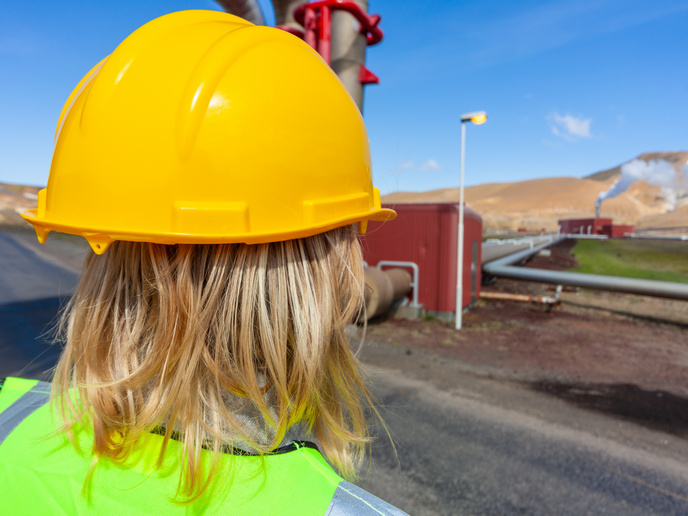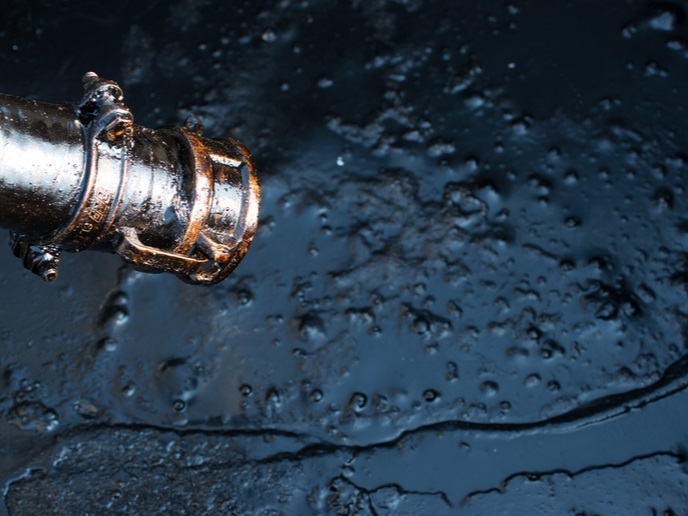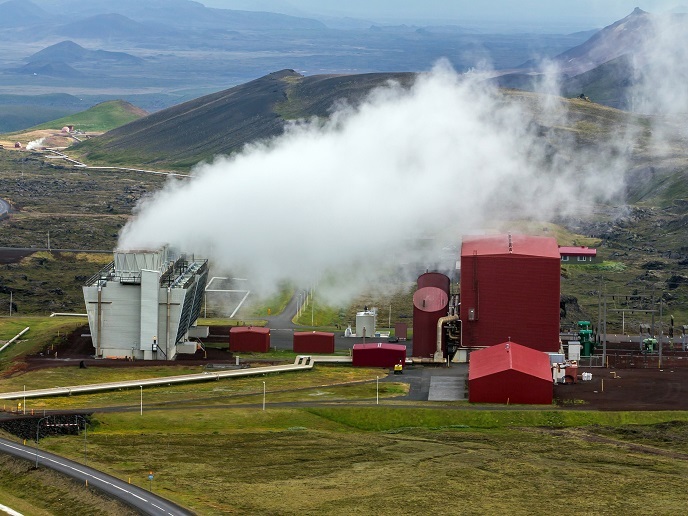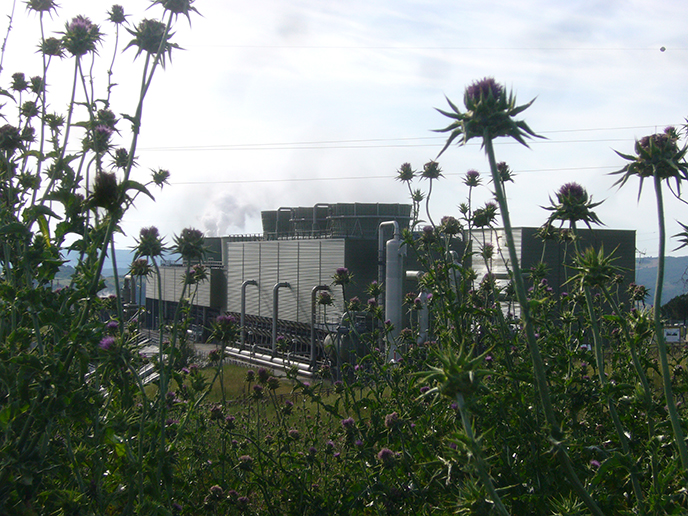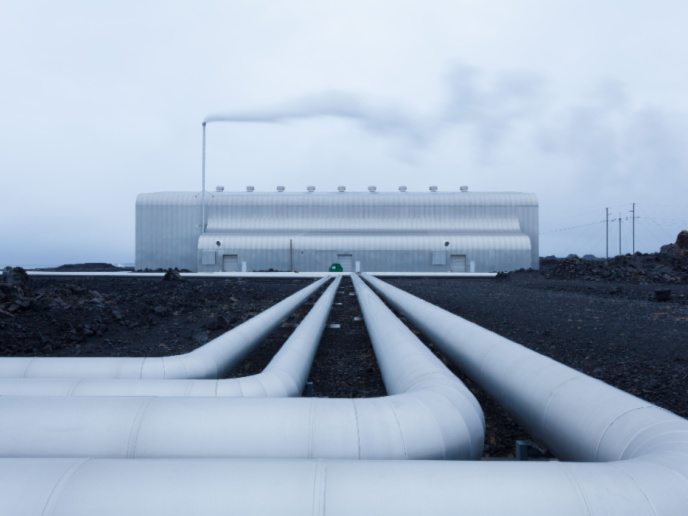Accessing geothermal energy with drilling innovations
Geothermal energy, stored in the rocks and water found deep within the Earth’s crust, is a potential goldmine of renewable energy. While the Earth has been cooling down since its formation over 4.5 billion years ago, the intense temperatures at the centre of our planet continue to heat the inner crust. “We can access and extract this heat, convert water into steam, and power turbines to produce electricity,” says ORCHYD project manager Naveen Velmurugan from Mines Paris PSL in France. Other potential end uses include providing direct heat for water heating, as well as industrial processes. Key benefits include not being affected by the weather, as wind and solar are, and having a low land footprint.
Reaching geothermal sources within the crust
A major challenge of course is reaching those hot geothermal sources deep within the crust. “After each kilometre you drill, the temperature goes up between 20 and 30 degrees Celsius,” remarks Velmurugan. “This is an expensive and technically challenging endeavour.” The ORCHYD project, coordinated by ARMINES in France, sought to address this by developing a new prototype drilling technique, specifically designed to tackle the hard granite found below 3 km. This is deeper than the oil and gas industry typically has to drill. “Our idea was to combine two mature technologies – high-pressure water jetting and percussive drilling – to accomplish this,” notes Velmurugan. At 4 km below the surface, the pressure from above on rock is intense, making drilling incredibly difficult. In the project’s prototype, water jetting creates a peripheral groove around hard rock, helping to relieve this pressure. This makes it easier to break the rock through percussive drilling, thus using up less energy.
Opening up geothermal energy extraction
Development of the prototype involved theoretical studies and lab tests. Access to the PSL’s experimental facility in Pau, France enabled the team to recreate environments up to 4 km deep in the Earth’s crust. “We were able to use this facility to validate our process on different types of rocks and at different depths,” explains project co-coordinator Laurent Gerbaud. “We were also able to test both processes separately, as well as together. By the end of the project, we had a prototype ready.” The results, remarks Gerbaud, have been even better than expected. “We were able to increase the rate of penetration by four times, and drilling efficiency (taking into account energy consumption) by 24 times,” he says. “The key success here is that we were able to demonstrate that this technique could be helpful in drilling hard granite, and open up geothermal energy extraction.”
Bringing geothermal into Europe’s energy mix
Next steps include further refinement of the technology and testing in the field. “We have learned a lot about what this process involves and how it works,” adds Velmurugan. “We now want to see it go much further.” Indeed, over the longer term, the ORCHYD project team hope to demonstrate to industry how this technique can reduce drilling time, and cut costs. This would have a significant impact on the levelised cost of geothermal energy, bringing it more into line with other renewables such as wind and solar. “This would help to bring geothermal into Europe’s energy mix,” adds Velmurugan. “There needs to be investment, but the long-term potential is huge.”
Keywords
ORCHYD, geothermal, energy, renewable, solar, electricity, Earth, weather



